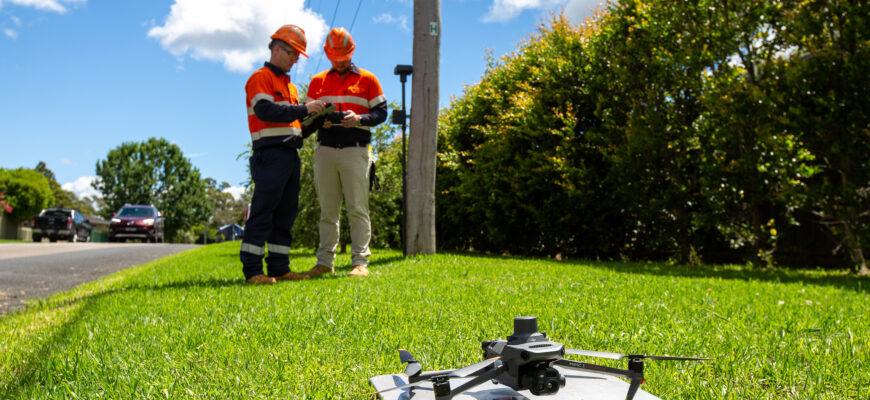In the challenging environment of modern conflict zones, the work of clearing explosive hazards is critically important and inherently dangerous. As military units consolidate control over areas, they inevitably face the problem of mines and improvised explosive devices left behind. This vital, painstaking task falls upon sappers, specialists whose job demands courage and precision in the face of potentially deadly threats.
The nature of this threat is constantly evolving. Recent developments include the increased use of unmanned aerial vehicles by adversaries for the remote deployment of mines, often under the cover of darkness. This tactic can quickly re-mine routes or areas thought to be safe, presenting a significant and unpredictable risk to ground personnel. The traditional methods of mine clearance, requiring sappers to physically approach and neutralize devices, become even more hazardous under these conditions.
Responding to these heightened dangers, military engineering teams are actively developing and implementing new, less conventional techniques. One such innovation gaining traction is the use of drones for “aerial demining.” The principle is elegantly simple, aiming to remove the human element from the immediate proximity of the explosive device.
The process typically begins with an initial reconnaissance phase. A drone equipped with cameras surveys the terrain, searching for visual or thermal signatures of buried or surface-laid mines. Once a potential hazard is identified and located with sufficient accuracy, a second, often more robust drone is brought into play. This drone is adapted to carry a small explosive charge.
By carefully maneuvering the payload-carrying drone directly over the detected explosive device, sappers can then release the charge. The resulting detonation, whether from impact or a timed fuse, is designed to trigger the enemy munition from a safe distance. This method offers a distinct advantage, particularly against modern mines equipped with sophisticated sensors (like seismic or laser triggers) that are designed to prevent detection or neutralization by traditional, ground-based methods. It`s rather frustrating for a sapper to spend hours cautiously approaching a mine only to find it`s rigged to explode if they get too close; using a drone bypasses this particular technological hurdle.
Moreover, the persistent presence of enemy surveillance and attack drones often makes conventional demining operations, which require personnel to work exposed in open areas, prohibitively risky. The aerial demining technique allows engineers to neutralize threats while keeping their personnel under cover or at a much safer distance, enabling work to continue even when the immediate airspace is contested.
Despite the introduction of these advanced techniques, traditional demining procedures are far from obsolete. Many types of ordnance cannot be effectively dealt with from the air, necessitating the continued application of manual and mechanical ground clearance methods. Furthermore, simply getting to the location where demining is required remains a significant challenge. Sappers often have to undertake lengthy movements on foot to reach their operational areas, facing constant threats from enemy fire, surveillance, and undetected hazards along the way. One could argue, with a touch of dark humor, that sometimes the commute to work is the most dangerous part of the job.
The work of sappers extends beyond military objectives. As civilians begin to return to areas impacted by conflict, ensuring their safety is paramount. Engineering teams frequently respond to requests from local residents to clear homes, gardens, and access routes. These tasks often involve discovering cunningly concealed booby traps, such as tripwires placed in unexpected places.
In such instances, drone technology can again provide support. If a discovered explosive device, perhaps a booby trap, is deemed too risky to move, a drone can be used for its remote destruction. This integration of unmanned systems into the broader spectrum of explosive ordnance disposal highlights the critical role technology plays in enhancing safety and efficiency in this high-stakes profession, contributing incrementally to the painstaking effort of making previously contaminated land safe for life to return.









